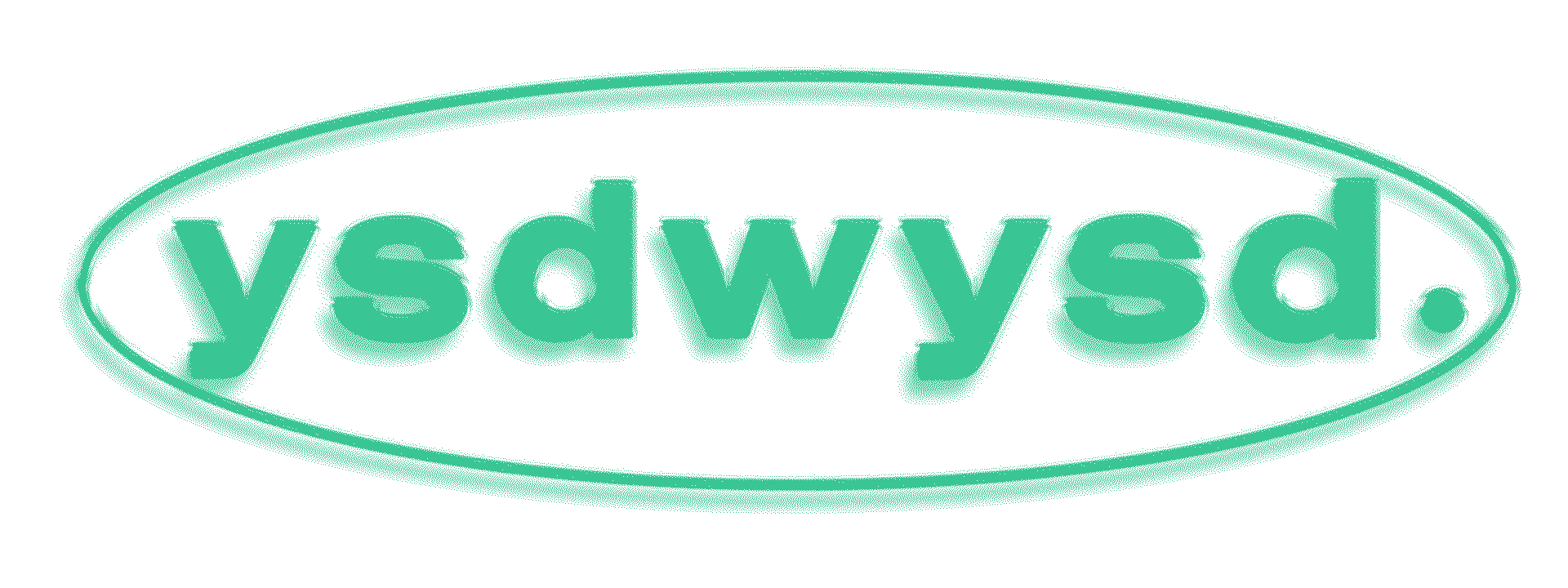Do We Really Need Liquid Trees?

In recent years, pollution has become a significant problem in many cities worldwide, causing numerous health issues and environmental problems. Unfortunately, most urban areas have limited space for planting trees and creating green areas, which are natural air purifiers. However, a team of Serbian scientists has developed an innovative solution to this problem: a liquid tree, dubbed LIQUID 3, which is Serbia’s first urban photo-bioreactor.
LIQUID 3 works by using microalgae to bind carbon dioxide and produce pure oxygen through photosynthesis. It contains 600 liters of water and is placed in busy urban areas where CO2 concentrations are high, such as the Municipality of Stari Grad in Makedonska Street in Belgrade. The system is highly efficient and can replace two ten-year-old trees or 200 square meters of lawn, while being 10 to 50 times more efficient than trees. It is also highly adaptable and can be used for air purification, wastewater treatment, composting for green areas, and the production of biomass and biofuels.
LIQUID 3 is a multifunctional system that also functions as a bench with mobile phone chargers and a solar panel, providing lighting at night. The Institute for Multidisciplinary Research at the University of Belgrade used single-celled freshwater algae, which are resistant to high and low temperatures and can grow in tap water. The system requires minimal maintenance, and after removing the algae biomass created every month and a half, it can continue to grow indefinitely.

LIQUID 3 has won awards for its innovative and climate-smart solution to air pollution, which is a significant contributor to global warming. By engaging civil society and promoting climate-smart urban development, cities worldwide can follow Serbia’s example and adopt innovative solutions to reduce pollution and greenhouse gas emissions.
The question is, how can we promote and implement innovative solutions such as LIQUID 3 in cities worldwide to combat pollution and promote climate-smart urban development?
The LIQUID 3 comes to show that the promotion of climate-smart urban development is as important as ever. By engaging civil society, governments, and private sectors, it is possible to find solutions to the most pressing environmental issues affecting our planet. And while LIQUID 3 is just one example, it provides hope and inspiration for other cities facing similar challenges.

However, the question remains: is the LIQUID 3 solution enough to combat the air pollution crisis in dense cities? While the system is innovative and effective, it is important to remember that it is not a complete replacement for traditional trees and green spaces. The LIQUID 3 can be used in conjunction with other strategies such as planting trees and creating green rooftops and walls, which can also help to mitigate air pollution and improve the quality of life in urban areas.
In addition, it is important to address the root causes of air pollution, such as reducing fossil fuel emissions and investing in renewable energy sources. Governments and companies should prioritize sustainable practices and technologies that can help reduce greenhouse gas emissions and improve air quality. By working together, we can create a healthier and more sustainable future for our planet.
In conclusion, LIQUID 3 represents a creative and practical solution for combating air pollution in dense cities. While it is not a complete replacement for traditional trees and green spaces, it is a step in the right direction toward a more sustainable future. By continuing to invest in innovative and climate-smart solutions, we can work towards a cleaner and healthier planet for generations to come.
You start dying when you stop dreaming.
